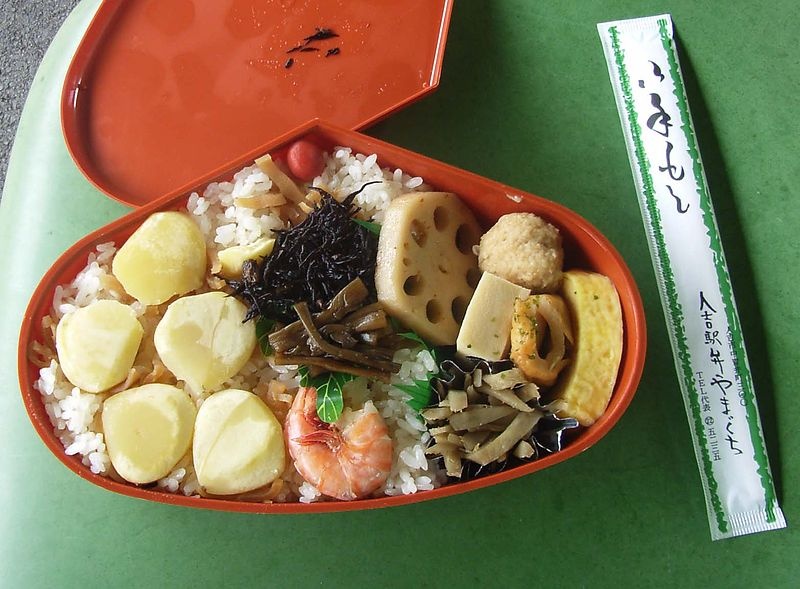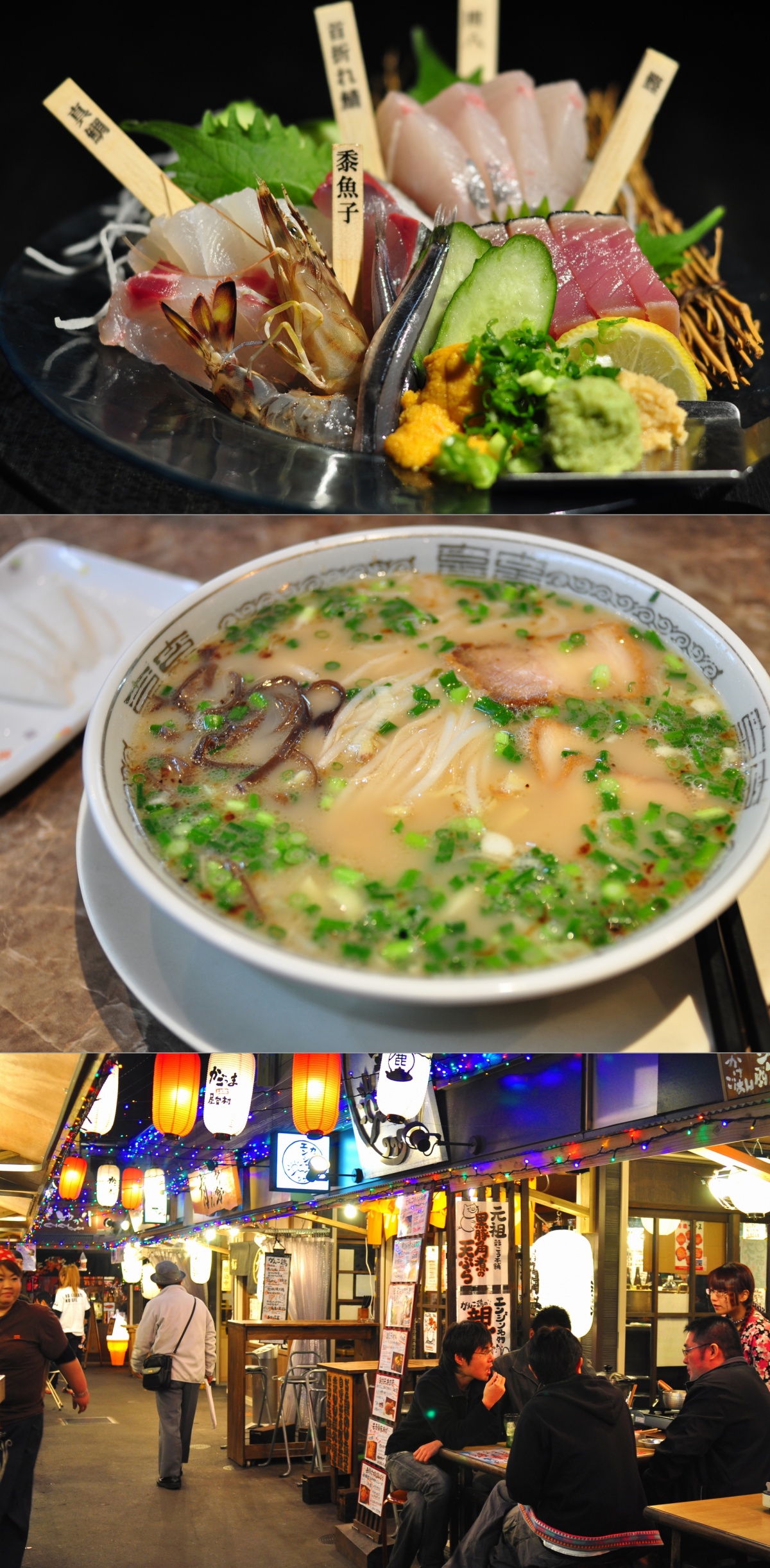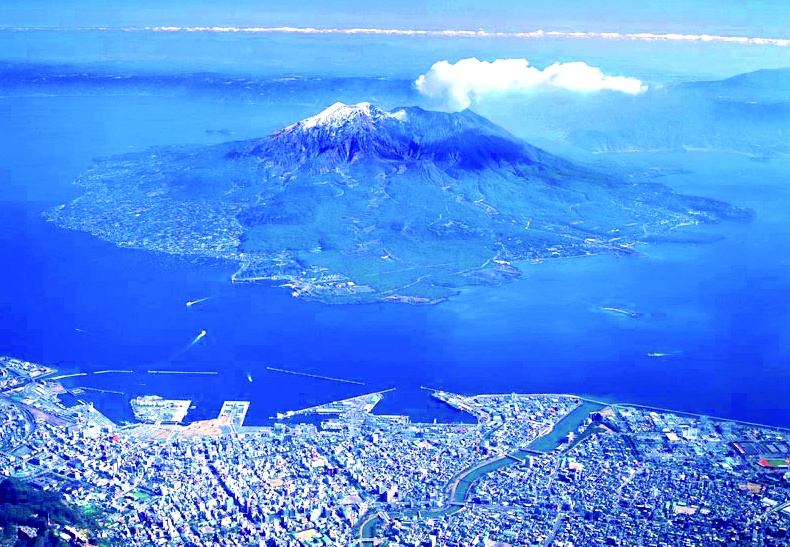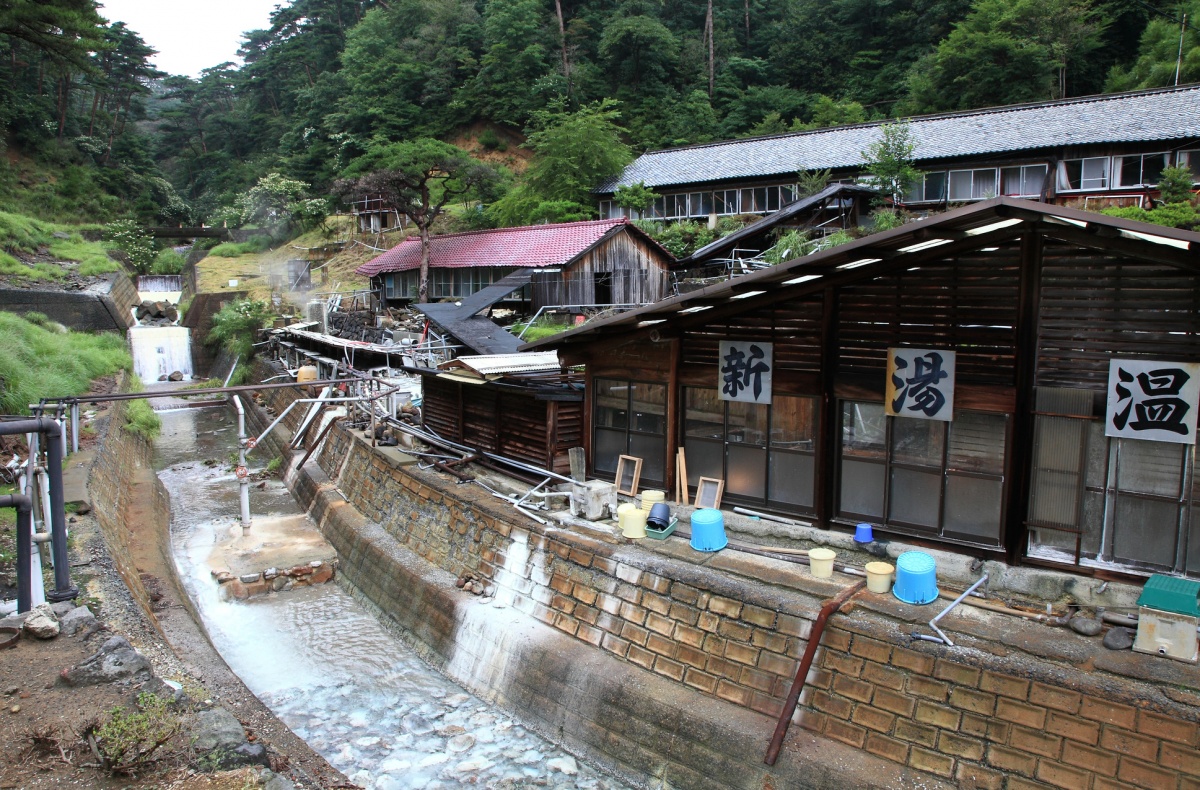8 Amazing Days on a JR Kyushu Rail Pass
Starting from Oita, discover the beauty of four Kyushu prefectures by rail as you travel through Kumamoto, Kagoshima and Miyazaki. Visit castle towns, stroll through samurai residences and visit historic shrines tied to the founding of Japan, all surrounded by delicious local cuisine!
By Michael KanertDAY 5-6
Day 5
Lodgings in Hitoyoshi → Walk to Kumagawa Kudari boating dock (about 15-20 min) → Walk about 20 min to Hitoyoshi Station and buy a box lunch (bento) → Take the Hisatsu Line to Shin-Yatsushiro Station (about 1 hr direct by kaisoku express train), then transfer to the Kyushu Shinkansen for Kagoshima-Chuo Station (about 45 min) → Take a taxi from Kagoshima Station to Senganen Garden (about 15 min) → Stay in Kagoshima City.
12. Kumagawa Kudari
The Kuma River (or Kumagawa) is famous for its rapids, and getting expertly steered through the swift waters in a longboat is the standard tourist activity. The trip takes between 30 and 50 minutes, with options including everything from a short course to raging rapids. Costs start at ¥2,160 for adults. At the downstream end you can take a lift back up to the street level for an extra ¥300, where you'll be met by a free shuttle that will take you back to the starting point.
Address: Kumamoto Prefecture, Hitoyoshi City, Shimoshin-machi 333-1
Dining Recommendations (Train Station Bento)
Ekiben (Train Station Bento)
There's an old-fashioned ekiben (train station bento) shop in front of Hitoyoshi Station. A proper ekiben should be eaten while traveling, filled with local ingredients from the area where it was bought so you can reflect on the places you visited as you eat. The chestnut rice (kuri-meshi) bento in Hitoyoshi is the most famous choice!
13. Senganen (Kagoshima)
Kagoshima was formerly known as Satsuma, which was ruled by the Shimazu Clan. Senganen was built as a villa for the 19th Shimazu lord, Shimazu Mitsuhisa, in 1658. Its beautiful gardens face Kinko Bay, offering a stunning view of volcanic Sakurajima rising out of the water.
Address: Kagoshima Prefecture, Kagoshima City, Yoshino-cho 1-1
Dining Recommendations (Kagoshima)
Tenmonkan
In Tenmonkan, Kagoshima's central shopping district, you'll find a superb selection of restaurants offering fresh seafood caught in the local waters—as well as ramen and other more typical treats. Just enjoy strolling around and meander into any restaurant that strikes your fancy. Wherever you end up, we strongly recommend ordering a yogan-yaki dish—fried on a hot plate made of Sakurajima magma!
Kagomma Furusato Yataimura
Kagomma Furusato Yataimura is located roughly five minutes' walk from the east exit of Kagoshima Chuo Station. If you're stuck for food ideas, just head here and check out the ambiance of the various restaurants, then choose whichever one that catches your eye!
Day 6
Kagoshima City lodgings → Walk to the port and take the ferry to Sakurajima (about 1 hr total) → Take the ferry back to Kagoshima Port (about 40 min with walking) → Take a taxi to Kagoshima Chuo Station (about 20 min) → Take the Limited Express Hayato no Kaze to Kirishima Onsen Station (about 1 hr) → Take a taxi to Kirishima Grand Shrine (about 40 min) and explore the shrine and folk village → Take a taxi to Kirishima Onsen for the night (about 15 min).
14. Sakurajima
This highly active volcano is the symbol of Kagoshima. Located just 4 kilometers (2.5 mi) from the city center across Kinko Bay, ash from larger eruptions will fall on the city from time to time. The local residents have learned to coexist with this volatile mountain, and a ferry runs regularly between Kagoshima Port and Sakurajima, with the ferry port located about a 15- to 20-minute walk from the Tenmonkan area in downtown Kagoshima. There are even hotels and an observation deck on Sakurajima itself, as well as shops selling produce grown in the rich soil right on the side of the volcano.
Address: Kagoshima Prefecture, Kagoshima City, Sakurajima Yokoyama-cho 61-4
15. Limited Express Hayato no Kaze (Reservations Recommended)
Limited Express Hayato no Kaze is a beautiful, old-fashioned train that runs between Kagoshima Chuo Station and Yoshimatsu Station. There are only two round-trip trains daily, so it's best to reserve your seats in advance. The passenger cars have an elegant wooden interior, and all riders are free to use the large-windowed observation lounge. On Saturdays and Sundays, you can buy sweet potato pudding made with richly sweet Anno-imo sweet potatoes, as well as Satsuma Gold sparkling sake, made from Kogane Sengan sweet potatoes, both local specialties.
16. Kirishima Grand Shrine
Set among the roughly 200 large and small volcanoes of the Kirishima area, Kirishima Grand Shrine traces its history back to the 6th century. The shrine was previously located at the foot of the mountain Takachiho-no-Mine, but had to be reconstructed a number of times following eruptions, and was finally moved to its present site in 1715. It's said that Takachiho-no-Mine was the site where Ninigi-no-Mikoto, grandson of the sun goddess Amaterasu Omikami, arrived on earth to establish the Japanese imperial line. Kirishima Grand Shrine is dedicated to Ninigi-no-Mikoto, and is famous as a power spot.
Address: Kagoshima Prefecture, Kirishima City, Kirishima Taguchi 2608-5
17. Kirishima Onsen
The Kirishima Onsen area is is a popular tourist destination fed by nine different hot spring sources originating in the Kirishima mountain range, providing various different kinds of water believed to have differing ameliorative effects. Trek out to the quaint Me-no-Yu, said to be the oldest stone bath in the Kirishima area, or head out to the scenic Maruo Falls or the smaller Nunobiki Falls.
Address: Kagoshima Prefecture, Kirishima City, Makizono-cho, Takachiho










